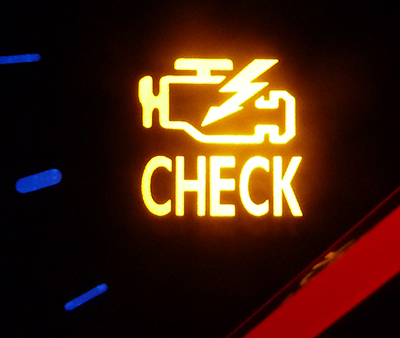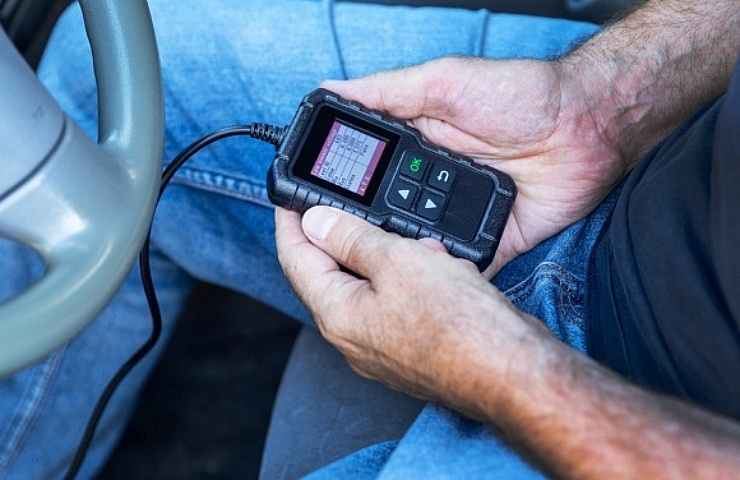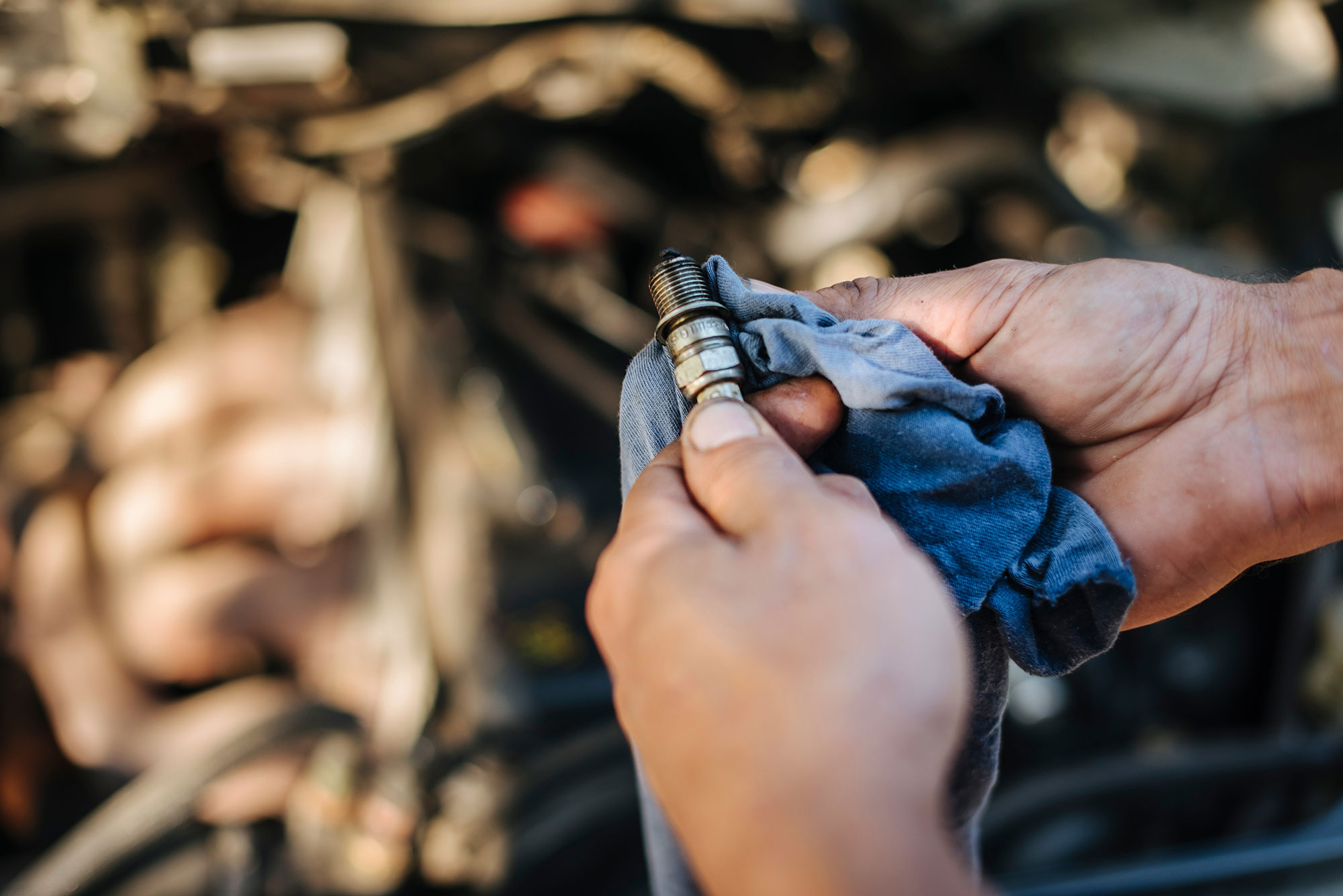Contents

With a simple, easily accessible code reader, you can determine why the check engine light is lit. The code reader outputs a diagnostic trouble code (DTC) that tells you the problem detected by the car’s computer system.
Discovering the P0302 code is only a starting point for diagnosing and correcting the underlying issue. Some detective work is in order.
Cylinder 2 Misfire Detected

A misfire occurs when a cylinder in an engine doesn’t ignite the fuel/air mixture as it should. It means there isn’t enough fuel or air in the combustion chamber or an inadequate spark from the spark plug. Either way, the engine doesn’t produce power on that combustion cycle if it misfires. Fuel might exit the exhaust without being adequately burned.
Often, when a cylinder misfires, the engine runs rough. You might feel shaking or stuttering as you try to drive with a misfiring cylinder. In extreme cases, the engine could backfire. You also might smell fuel.
Typical Causes of P0302 Engine Code
Pulling a code with a code reader is the first step in diagnosing a problem. But it’s not the only step. There are many potential causes for your vehicle to display a P0302 DTC, including:
- Worn or faulty spark plugs
- Worn spark plug wires
- Faulty ignition coil or distributor
- Dirty or clogged fuel injector
How to Fix a P0302 Issue
Most of the common problems that result in a P0302 engine code are relatively simple to fix. The issues are usually related to the ignition system, which is straightforward to diagnose.
- Check for loose connections between spark plugs, spark plug wires, the coil or individual coil packs, and the distributor (if equipped). Loose connections can cause intermittent spark loss, leading to a misfire. Move step by step between each spark plug or coil pack wire one at a time, removing and reseating each cable to ensure a solid electrical connection. Take care to remove only one wire at a time, as mixing these up could cause more misfiring problems.
- Look for frayed wires connected to the distributor or coil packs and frayed spark plug wires. If the wires are frayed or cracked, you may need a mechanic to repair or replace parts of the wiring harness.
- Check the individual spark plugs for evidence of fouling with fuel or oil. Spark plugs also wear out over time. Therefore, if you’re pulling them out to inspect them, it might be worth replacing them as cheap insurance against doing this job again soon. If the spark plugs have fuel or oil on them, worn valves or piston rings might be causing other problems.
- If your vehicle is equipped with individual coil packs at each cylinder, consider removing two coil packs—one at the misfiring cylinder and one at a working cylinder. If the problem “follows” the coil pack to a different cylinder, that means that coil pack is failing, and you should replace it. If the problem remains at cylinder 2, then you have problems elsewhere.
- Determine fuel pressure and ensure that each cylinder is getting the right amount of fuel. Consider using a fuel injector cleaner to ensure the entire system is up to snuff.






